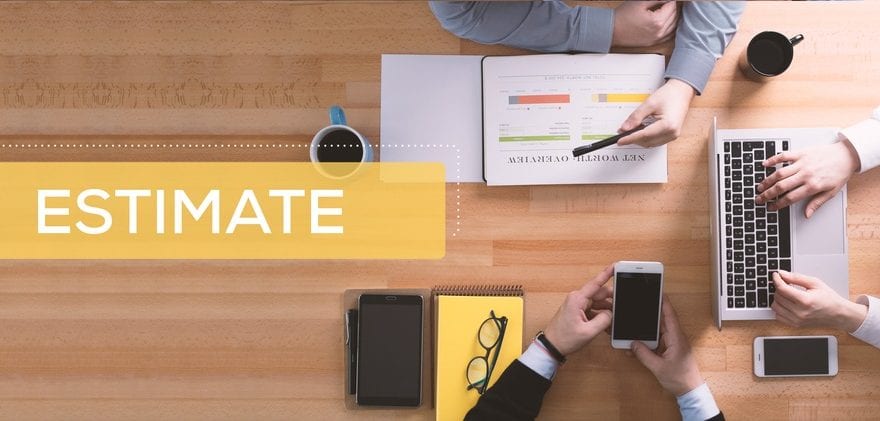How to Estimate Your Life Insurance Needs

Most people have the wrong amount of life insurance. Some have too much; others have too little.
Life insurance coverage often is wrong because most people enter the process believing that they need one life insurance policy. They might consider term and whole life, and perhaps a few of the other types of policies. They consider different amounts of coverage. But they usually are looking for only one policy that meets their needs.
Often, an individual has different needs for life insurance. It is appropriate to cover these needs with more than one policy. Unlike homeowners’ insurance, there isn’t one comprehensive policy that covers all the possible risks for one premium. Instead, with life insurance there are different risks that need to be insured differently.
By selecting different policies, the insured not only has better coverage of all the risks but also is likely will pay a lower overall premium.
Let’s take a look at some possible life insurance needs and how different policies could cover them.
A youngish person likely has several long-term financial obligations that are supposed to be funded from his or her future income. His or her premature death would leave others in a bind. These obligations could include a home mortgage, future education expenses, and general living expenses for the family.
Many of these obligations also will end over time. The mortgage likely will be paid off. The children will grow up and either attend college or decide not to. Personal savings might increase enough to fund future living expenses.
Purchasing a permanent life insurance policy to cover these expenses is not appropriate. When the mortgage is taken out, a 20- or 30-year term policy covering the amount of the mortgage should be considered. Even that might be too much, because the mortgage likely will be paid down over time, unless it is constantly refinanced to take equity out of the home. The homeowner might want to consider a 10-year term policy for the full balance at the start of the mortgage, then reconsider the need after 10 years. The risk of that approach is that medical changes might make him or her uninsurable after 10 years.
The education expense need usually ends when a child turns 21, or perhaps a few years later if graduate or professional school is in the cards. This, too, can be funded with a term policy. You might want the policy to end when the child is 21 or older. Or you might have a savings plan in place and believe the expenses will be funded by the time the child turns 18. Then, you might purchase a 10-year term policy to cover the education expenses of a child who is eight now.
The other living expenses are a bit different. Some people assume that either their own savings or the income and savings of their spouse will be sufficient to maintain the standard of living several decades from now. In that case, a term policy or 20- or 30-years might be appropriate.
In other cases, providing the living expenses of a surviving spouse might require a permanent policy. For example, the couple might be living off the income of one spouse. The spouse without income might not have adequate employment prospects to support the same standard of living. Then, permanent life insurance is appropriate. This is especially true if savings are minimal or other sources of income (such as a pension or annuity) will end or decline substantially on the passing of the first spouse with income.
Some life insurance needs require a permanent policy, such as whole life or variable life.
Some people whose estates might be subject to substantial estate taxes choose to have those taxes paid by life insurance benefits, keeping the estates intact. For such people, this is a permanent life insurance need.
Other people want to use life insurance to either increase the inheritance of their loved ones or make charitable gifts. This can be cost effective, because the benefits eventually received should greatly exceed the premiums paid, and the policy ownership can be structured to avoid estate taxes. Such purchases of life insurance are a way for an individual to leverage his wealth, provided that the insurance premiums do not unduly restrict the standard of living.
Ensuring that a disabled child or other permanent dependent is provided for also likely requires a permanent life insurance policy.
Most individuals do not have one life insurance need and should not have one insurance policy. Instead, there are multiple needs with different amounts and timelines. It makes sense and is cost-effective to buy a separate policy for each need instead of purchasing one policy that tries to cover all the needs.
![]()
Related Posts:
- New Estate Planning Strategy: How To Use Life Insurance To Pay Estate Taxes
- The Family Bank Life Insurance Strategy: Your Own Personal Retirement Bank
- How to Create Your Own Personal Retirement Bank with Life Insurance
- Be Sure Your Insurance Premiums Aren’t Wasted
- How to Use Life Insurance Under the New Estate Tax Laws Part II





